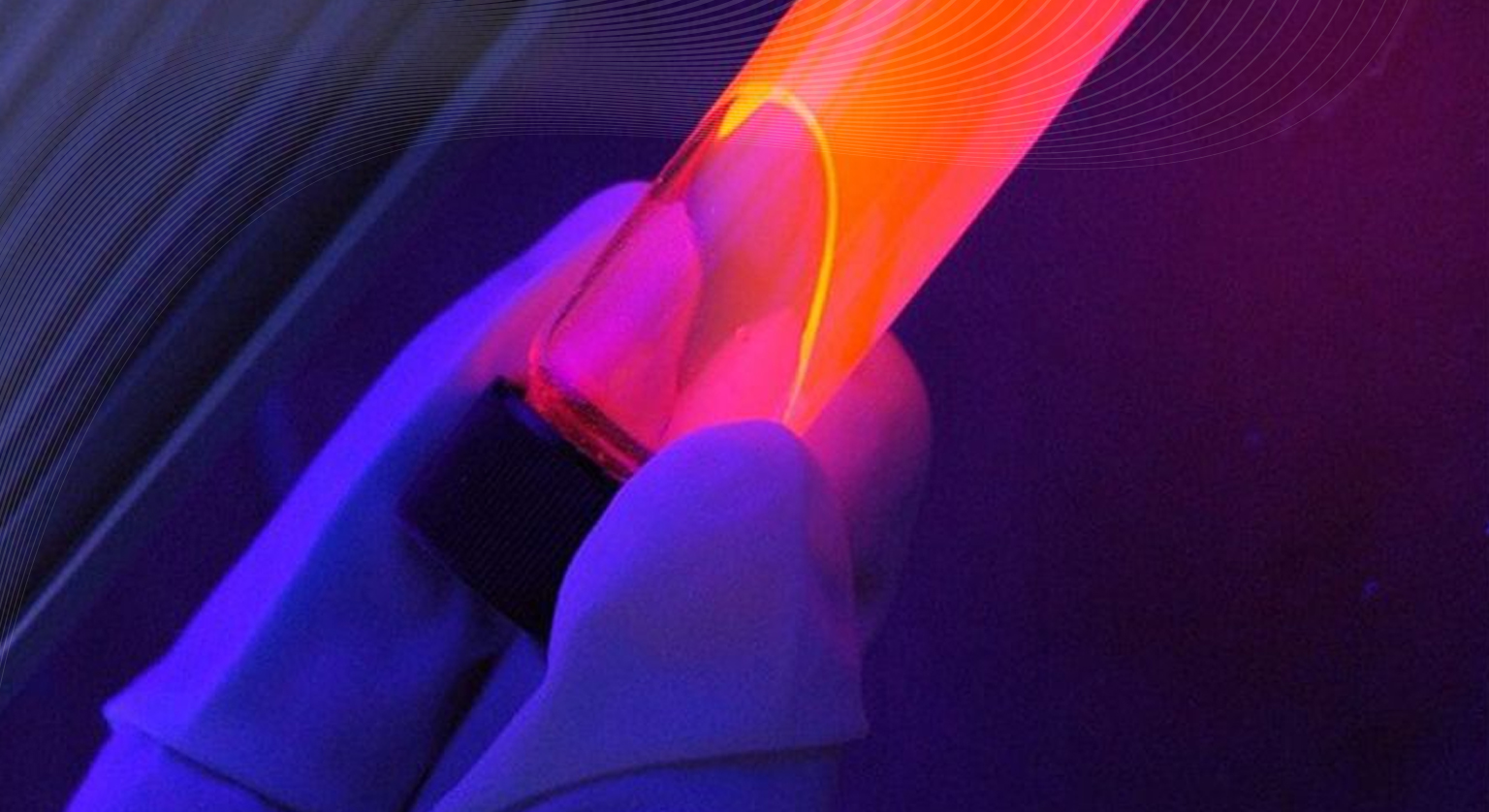
Archivo de la categoría: Biología Molecular y Microbiología


Son poco conocidos, pero han ocurrido. El riesgo de trabajar con patógenos microscópicos siempre supone un riesgo de fuga o contaminación, como algunos sospechan ocurrió con el Sars-CoV-2 en Wuhan.

Desde Estocolmo hasta Shanghái, pasando por Sacramento y Sídney, más de 900 científicos y voluntarios en 6 continentes descubrieron que cada ciudad tiene su propio perfil microbiano único.
Link del artículo científico: www.cell.com
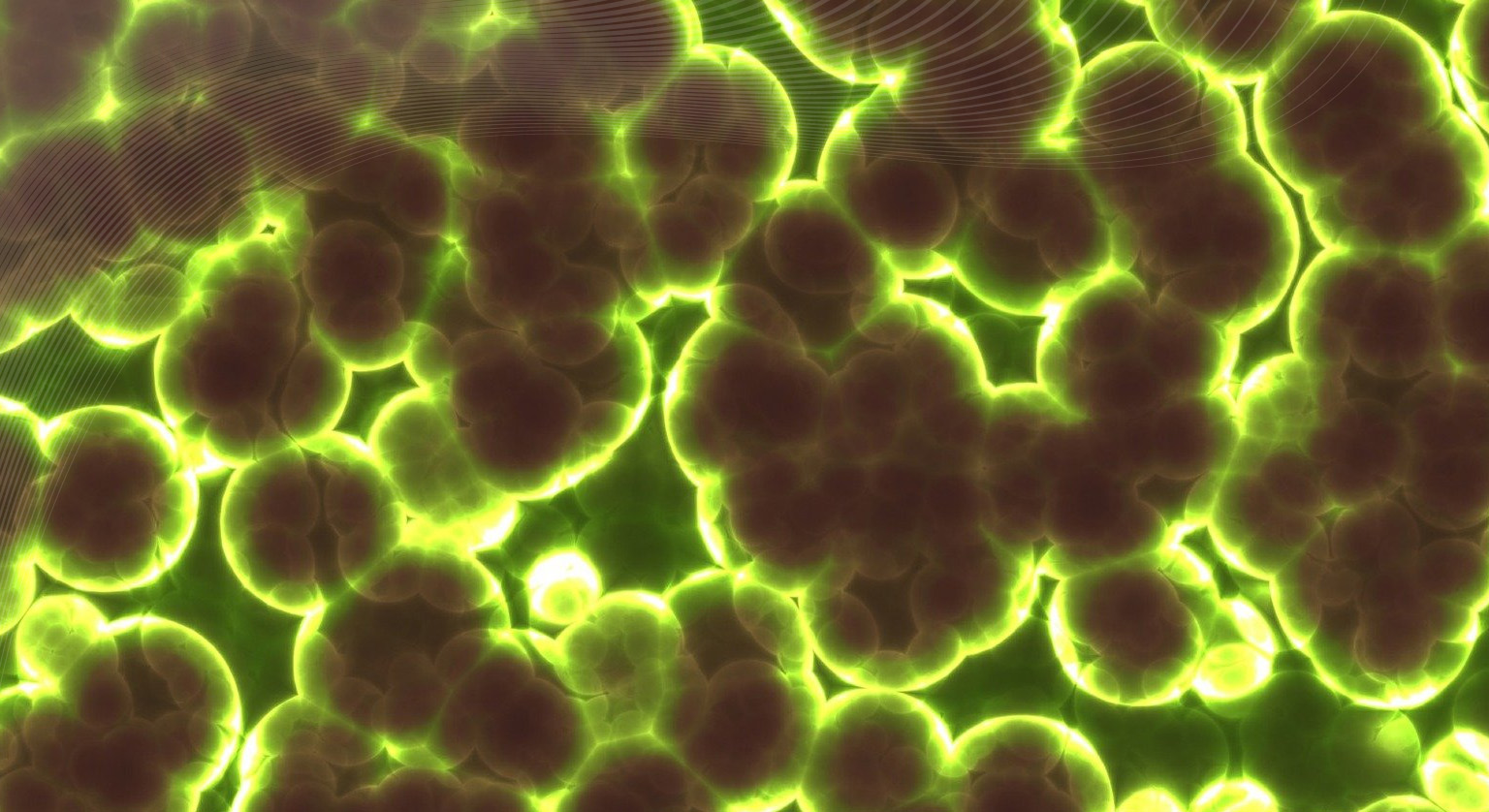
Los científicos australianos han descubierto otro misterio de la clase de microorganismos que se cree que se encuentran entre las formas de vida más antiguas de la Tierra, arrojando nueva luz sobre el estudio de la división celular y la evolución de la vida.
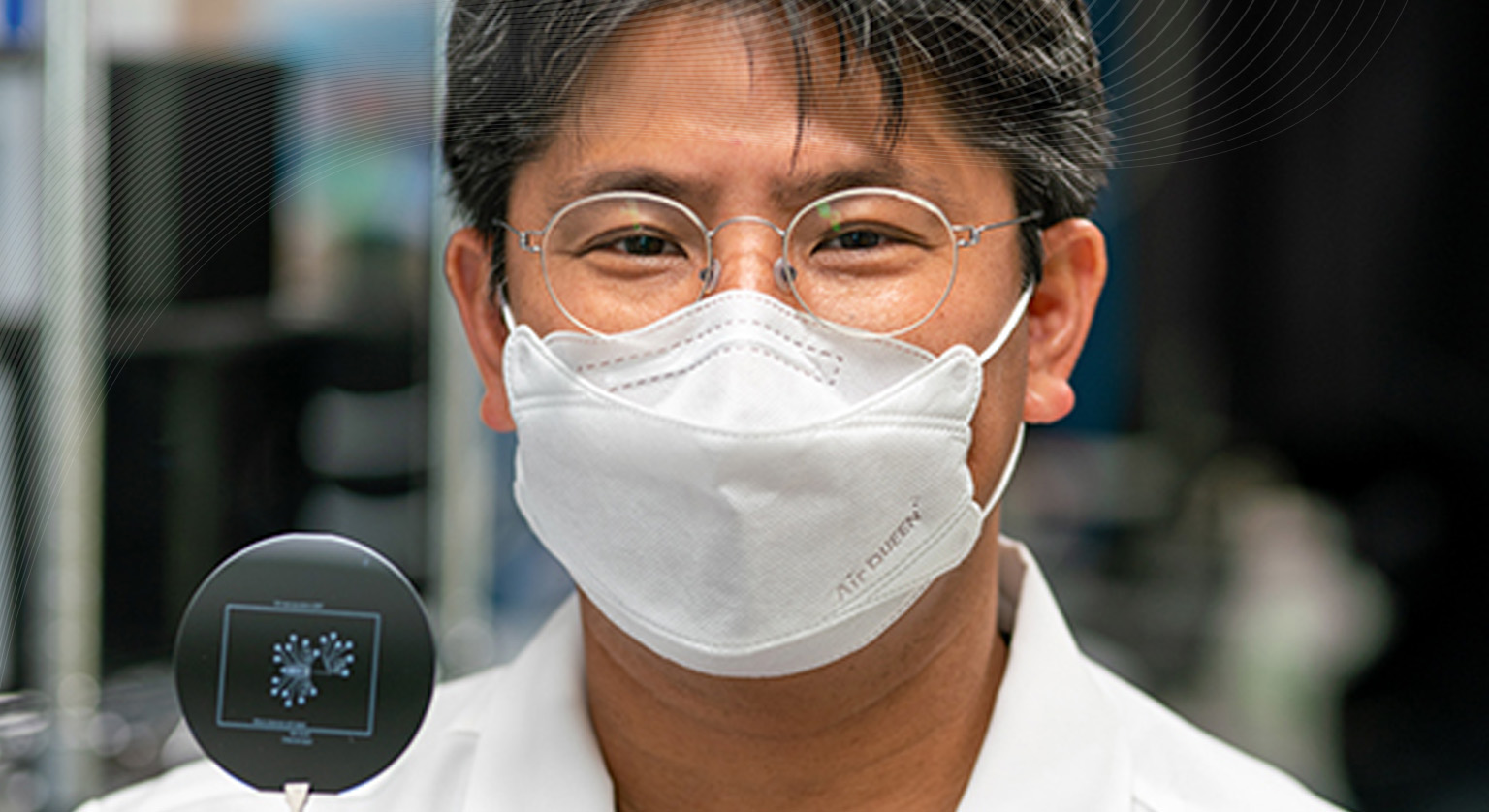
Arum Han, profesor del Departamento de Ingeniería Eléctrica e Informática de la Universidad de Texas A&M, y sus colaboradores han diseñado un sistema experimental que muestra la exposición del SARS-CoV-2 a una temperatura muy alta, incluso si se aplica durante menos de un segundo, puede será suficiente para neutralizar el virus de modo que ya no pueda infectar a otro huésped humano.
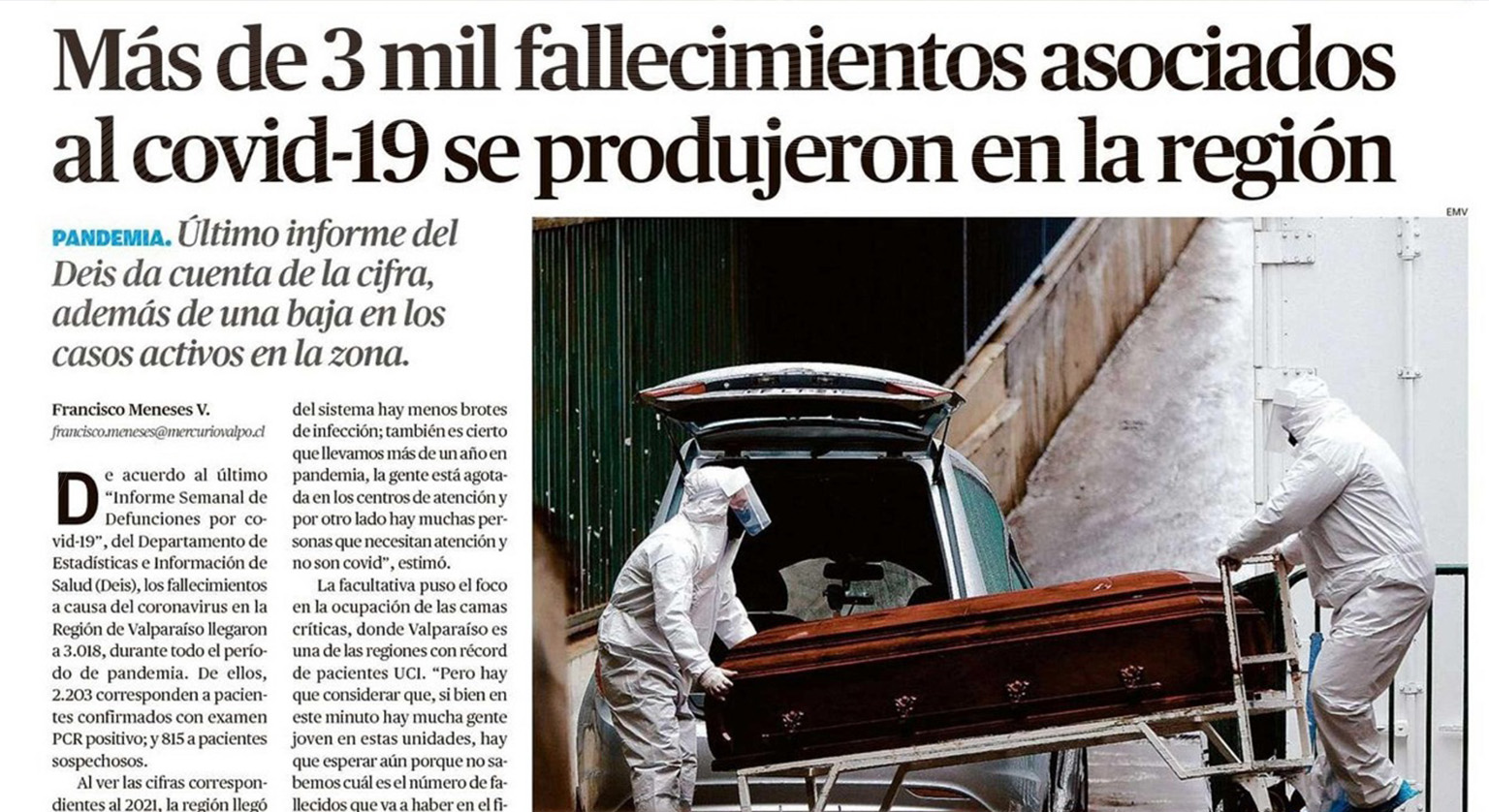
El último informe del DEIS da cuenta de la cifra, además de una baja en los casos activos de la zona.
“Tenemos un sistema hospitalario que si bien está más entrenado, tiene mejores normas y eventualmente dentro del sistema hay menos brotes de infección; también es cierto que llevamos más de un año en pandemia, la gente está agotada de los centros de atención y por otro lado hay muchas personas que necesitan atención y no son covid”, mencionó la Dra. Claudia Saavedra, Académica de la Universidad Andrés Bello y Presidenta de la Sociedad de Microbiología de Chile.
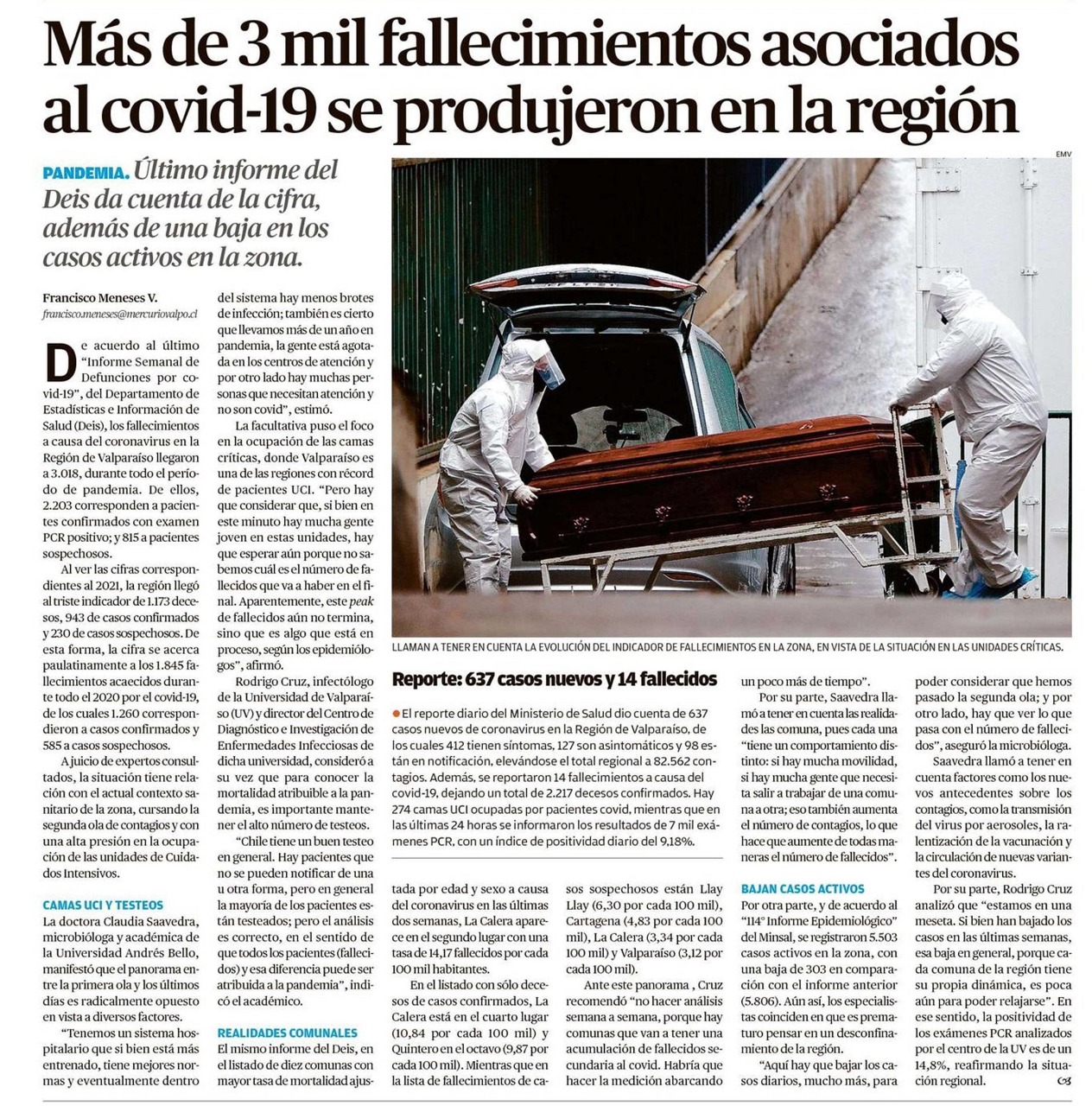
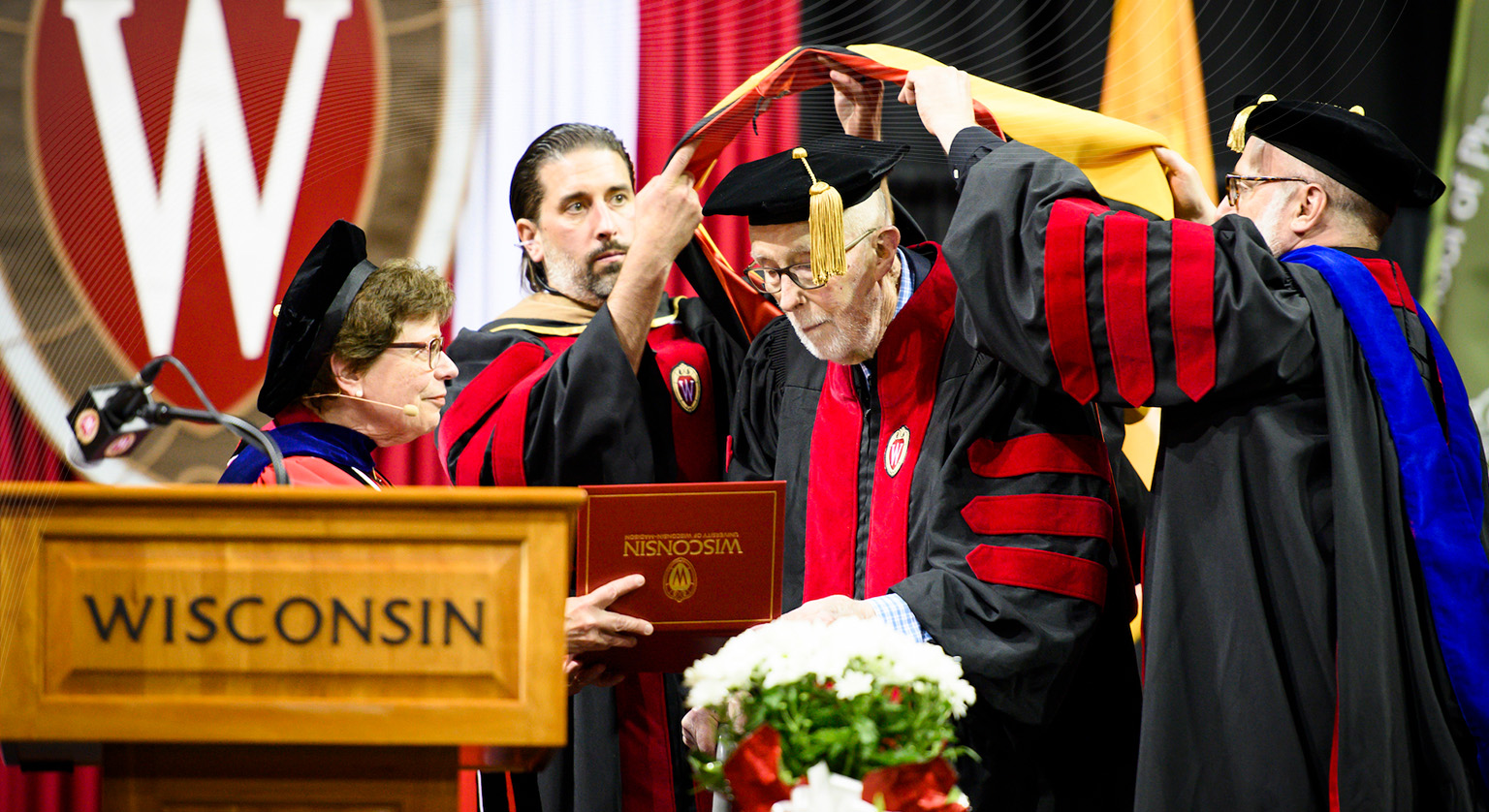
MADISON – Tom Brock, a pioneering microbiologist who redefined the bounds of life, passed away at his home in Madison in April from complications following a fall. He was 94.
Brock spent most of his scientific career at the University of Wisconsin-Madison as the E. B. Fred Professor of Natural Sciences in the Department of Bacteriology. He also chaired the department from 1980 to 1983.
Brock is widely known for opening a new field of biology studying extremophiles – the microorganisms that survive the harshest conditions on Earth. He was the first to discover bacteria growing at nearly boiling temperatures in Yellowstone National Park.
One of the species that he discovered, Thermus aquaticus, helped usher in the modern era of molecular biology by forming the foundation of polymerase chain reaction, PCR. By easily amplifying DNA, PCR allowed the development of widespread DNA sequencing, created a ubiquitous scientific tool, and underpins today’s best tests for the COVID-19 virus.
A prolific writer, Brock authored hundreds of research papers and wrote or edited nearly two dozen books. His textbook, «Biology of Microorganisms,» which he wrote by himself in 1970, is still a mainstay of microbiology courses. It is now in its 16th edition. Not content only to write, Brock and his wife Kathie started Science Tech Publishers, an academic publishing company that operated for 12 years and published dozens of books.
«He had an incredible personality and persona. He was kind of bigger than himself. He was bigger than life,» says Jo Handelsman, director of the Wisconsin Institute for Discovery and a longtime mentee, colleague and friend of Brock’s. «He just strode through life in his own way doing what he believed in. And he had very, very deep and strong beliefs, and I think that’s what I admired about him the most.»
Brock’s work at Yellowstone began while he was a professor at Indiana University. On his first trip out West in 1964, Brock stopped by the park and marveled at the hot springs, which flowed away in colorful streams that gradually cooled. He recognized that despite the harsh conditions, microbes were thriving in the water.
So Brock returned with a research team and some grant money. At the time, scientists believed that life could not flourish above 160 degrees Fahrenheit. But taking samples from around and within the hot springs, Brock and his students discovered life growing in superhot streams and even in boiling pools of water.
In 1969, Brock and undergraduate student Hudson Freeze published their discovery of Thermus aquaticus, which they found thriving in temperatures up to 170 degrees Fahrenheit. They named the bacterium after the hot water it called home.
Brock’s discovery of these organisms cracked open a new field of study in biology. Extremophiles, as these hardy microbes became known due to their ability to survive extreme conditions, have been found buried in deep mines, clinging to superhot vents at the bottom of the ocean, and encased in ice. They redefined the bounds of life and influenced studies of the origin of life on Earth and on other worlds.
STORY CONTINUES AT https://news.wisc.edu/tom-brock-who-discovered-world-changing-extremophiles-dies-at-94/
DOWNLOAD PHOTOS: https://uwmadison.box.com/v/tom-brock-obit
WATCH VIDEO: https://www.youtube.com/watch?v=YdkTW30Gv64
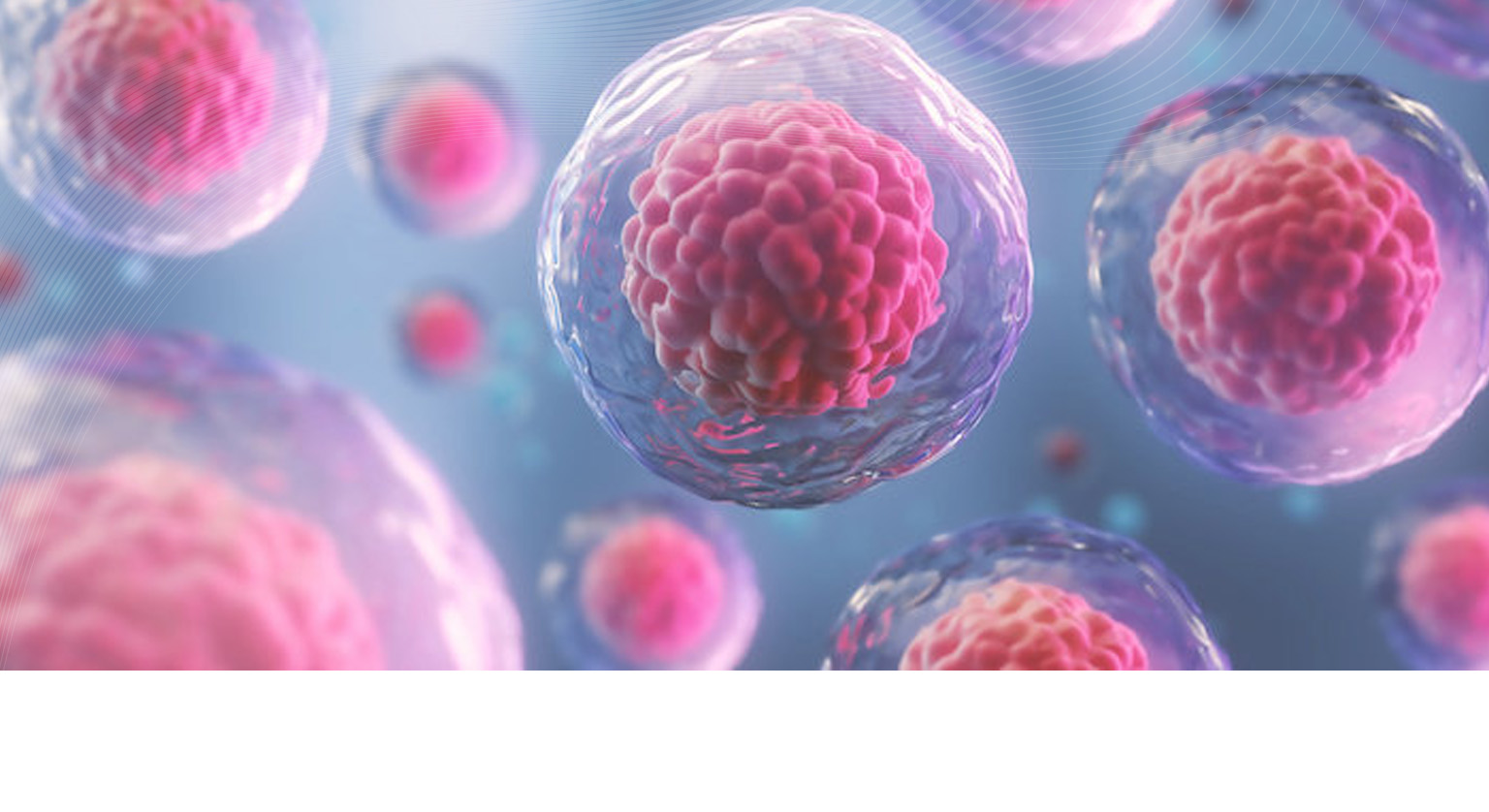
Los investigadores inyectaron células madre humanas en embriones de primates y pudieron hacer crecer embriones quiméricos durante un período de tiempo significativo, hasta 20 días. La investigación, a pesar de sus preocupaciones éticas, tiene el potencial de proporcionar nuevos conocimientos sobre la biología del desarrollo y la evolución. También tiene implicaciones para el desarrollo de nuevos modelos de biología y enfermedades humanas.
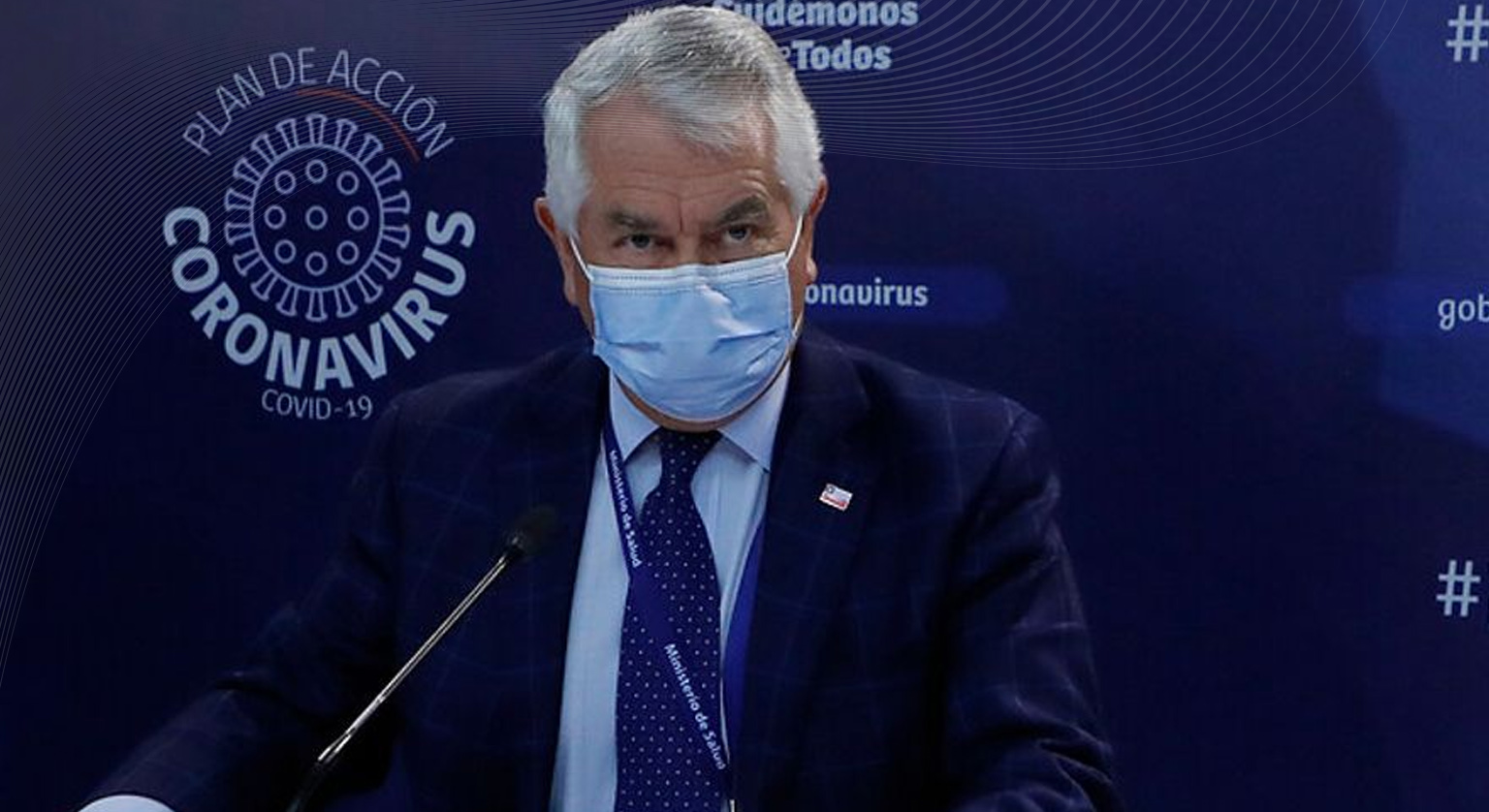
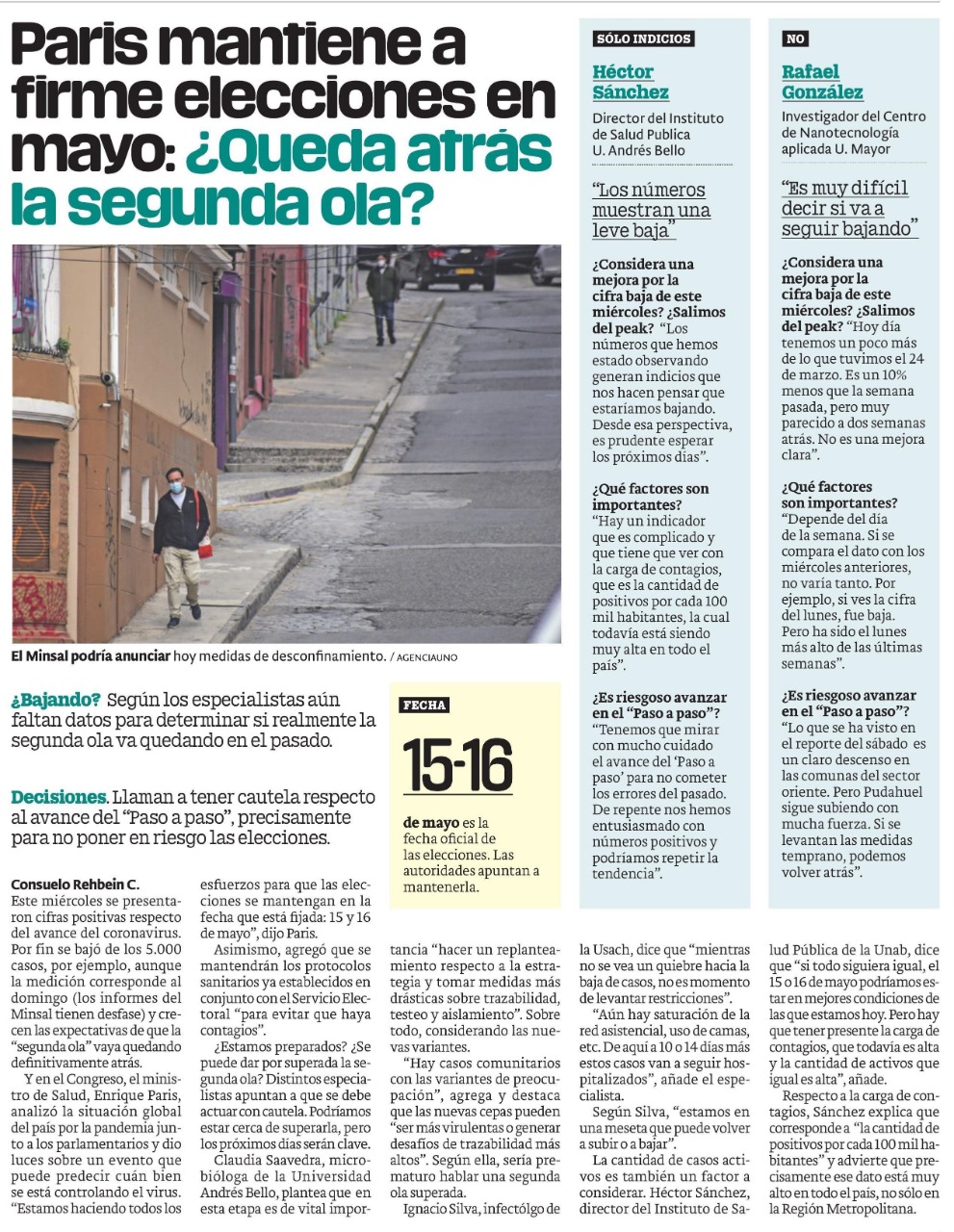
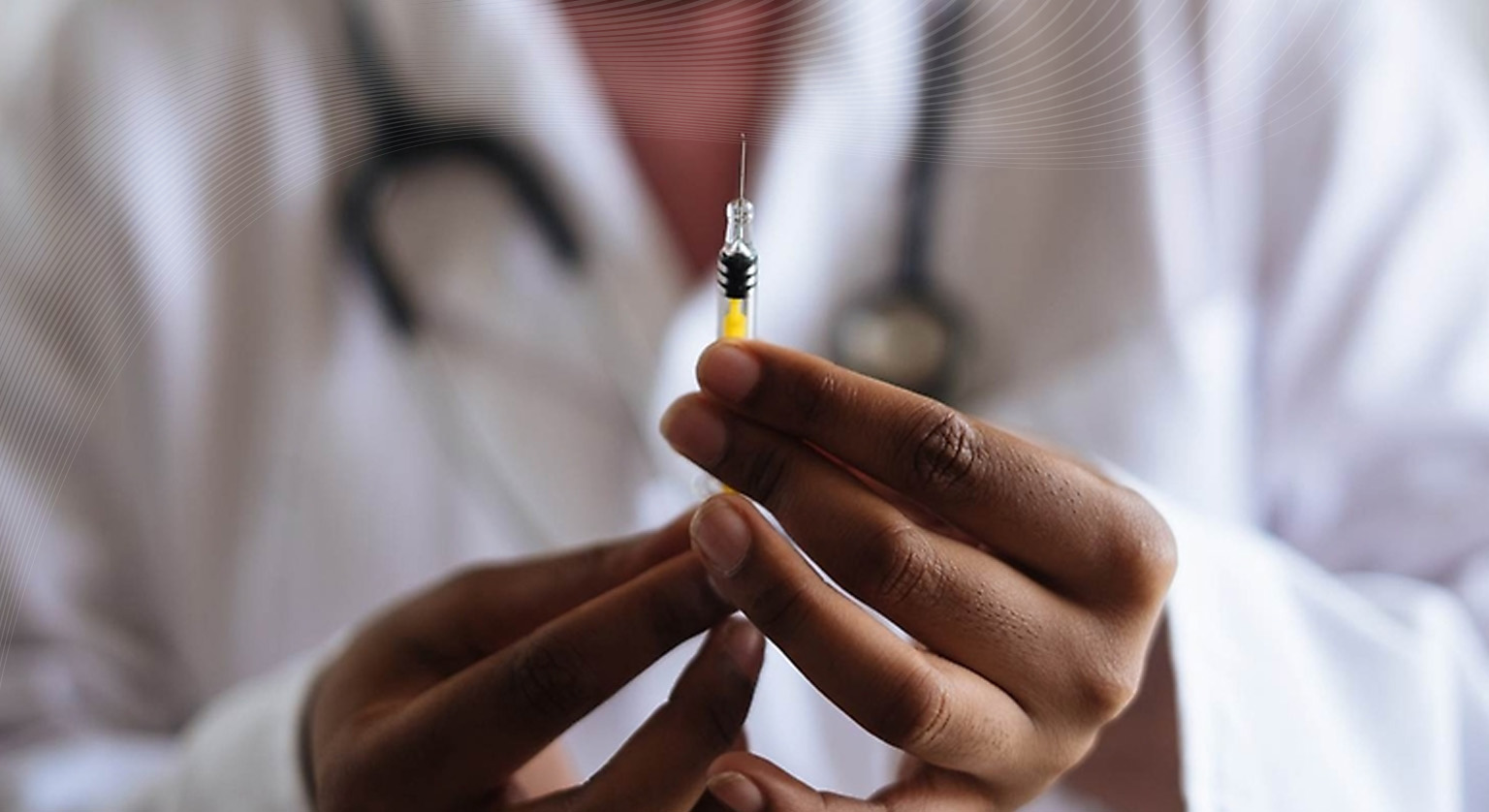
Académicos y académicas de diversas unidades de la Universidad de Chile analizaron el avance del proceso de vacunación, la aparición de nuevas variantes del SARS CoV-2 y las metas de inmunidad para la población en un simposio organizado por la Facultad de Odontología de nuestro plantel. El diagnóstico de los especialistas, en función del desarrollo de virus, su propagación y las posibilidades de contenerlo, es más bien adverso e incluso plantean que la pandemia puede estar recién comenzando.
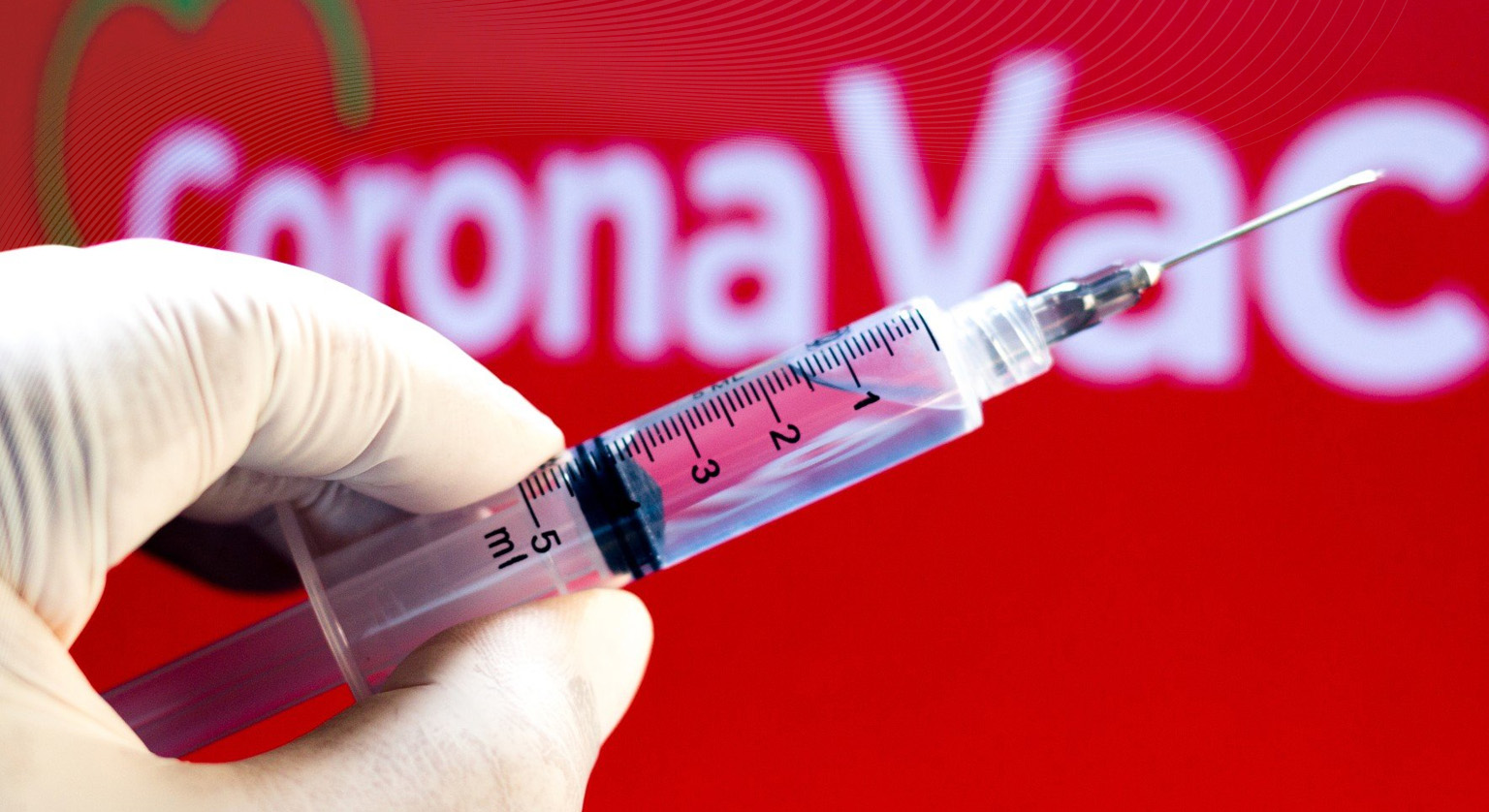
Un informe denominado “Efectividad de la vacuna CoronaVac con virus inactivo contra el SARS-CoV-2 en Chile”, analizó el periodo que abarca desde el inicio de la campaña de inoculación, es decir el 3 de febrero de este año, hasta las primeras semanas de abril.